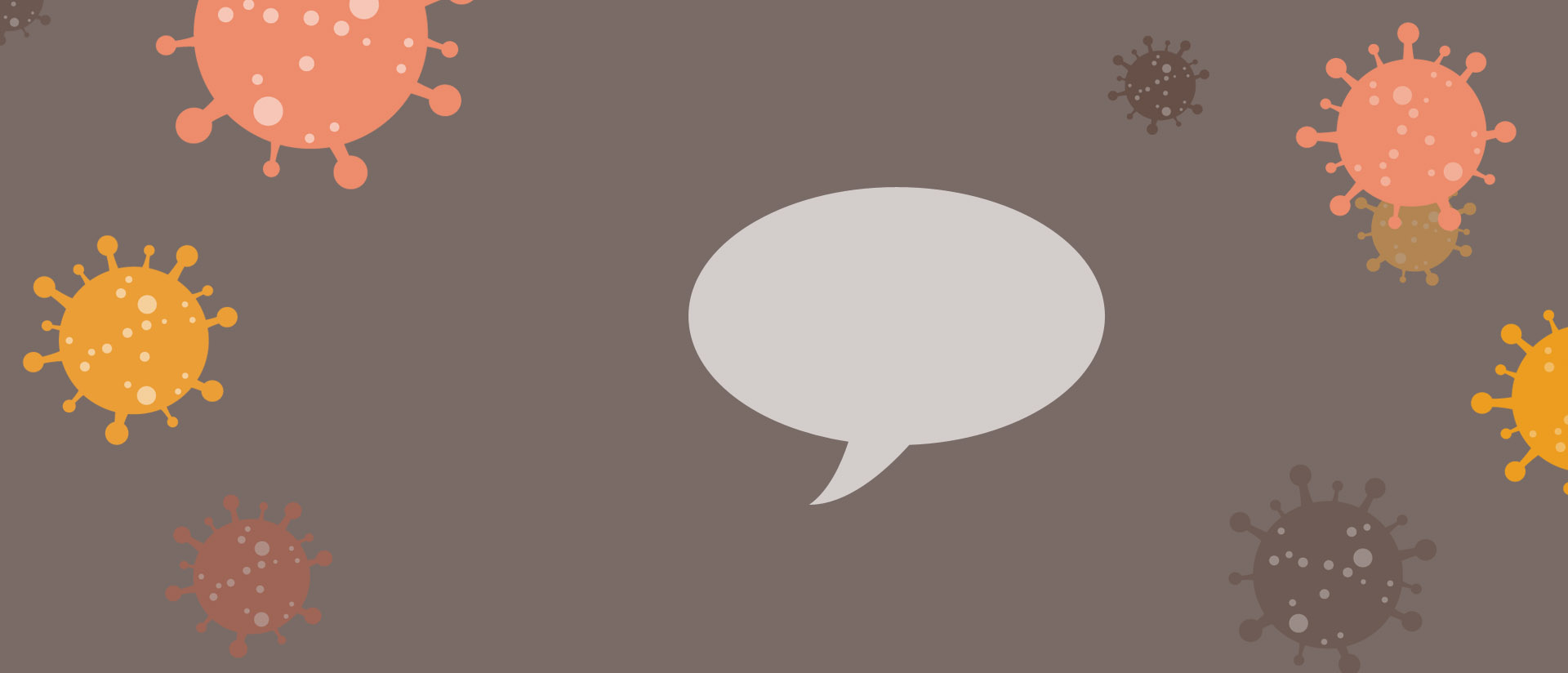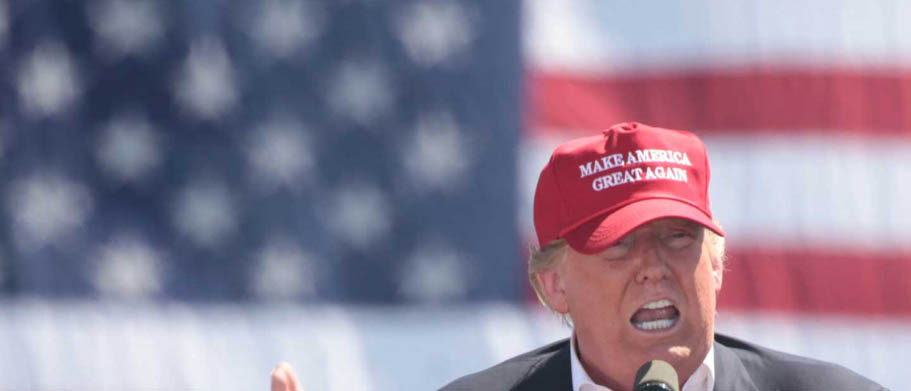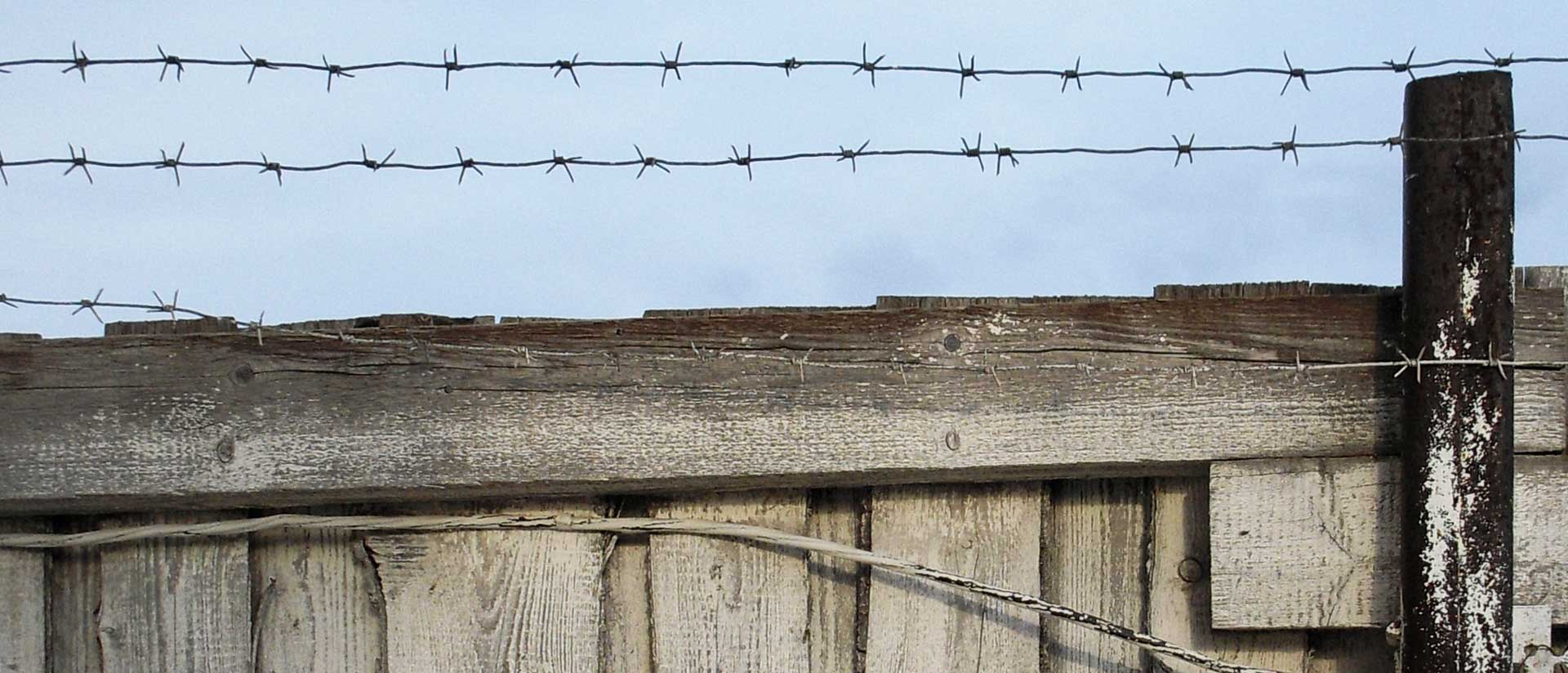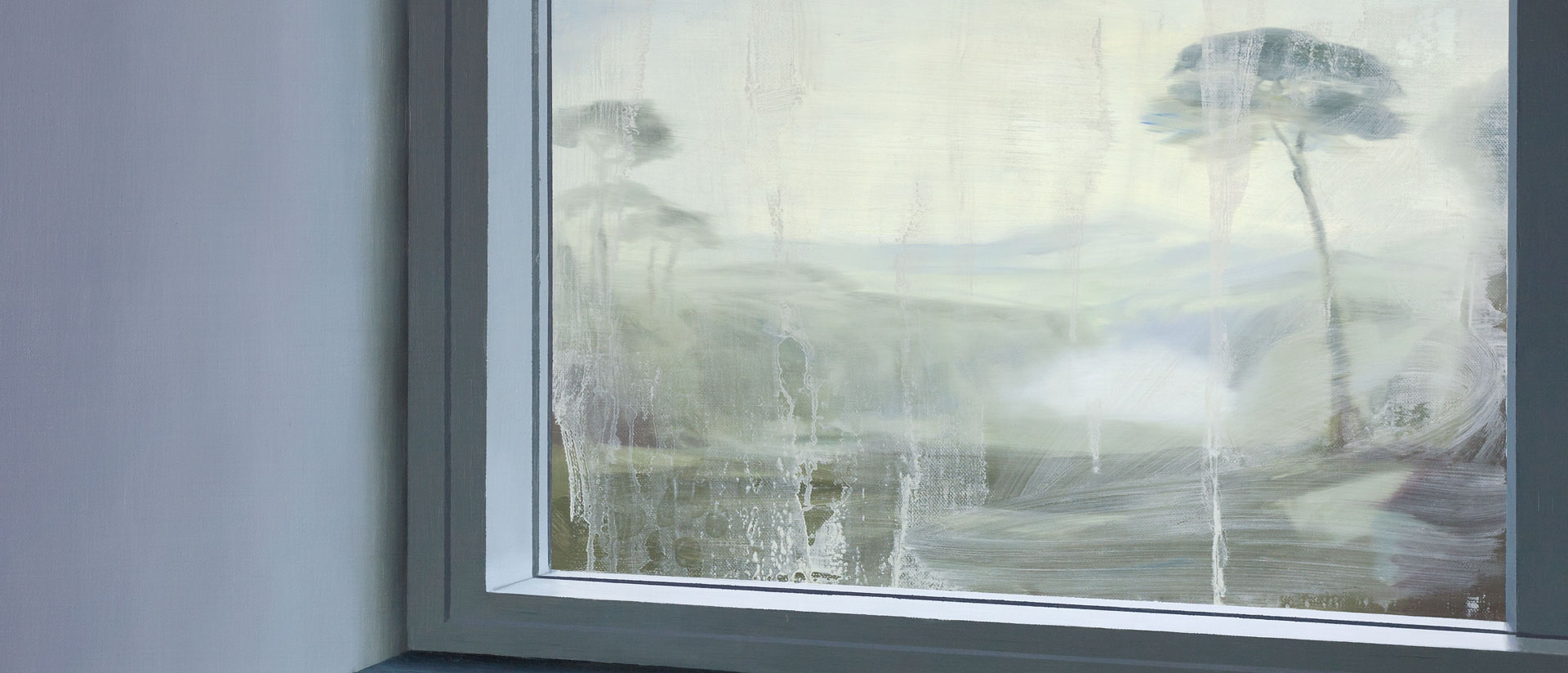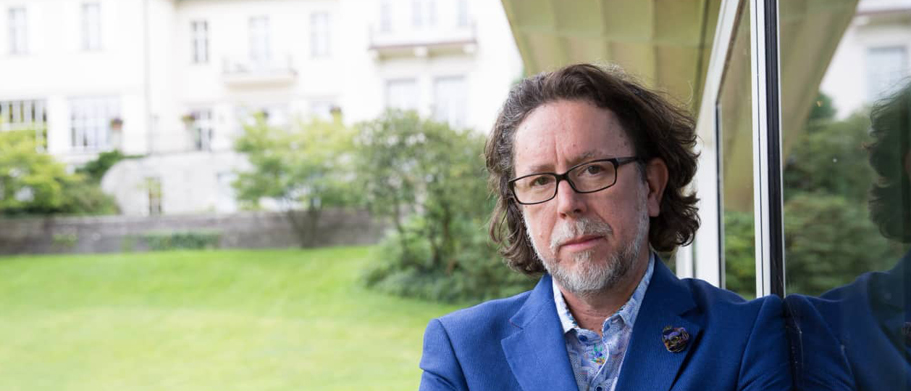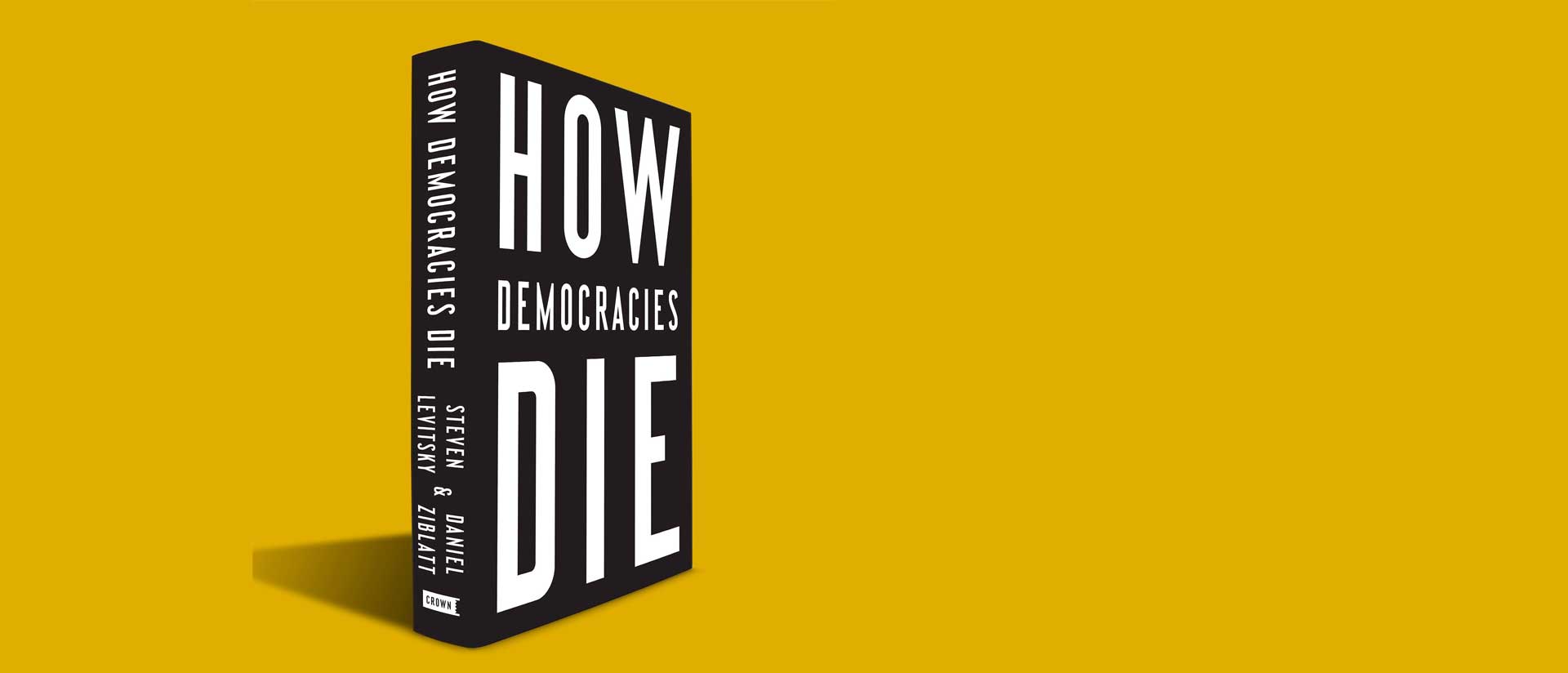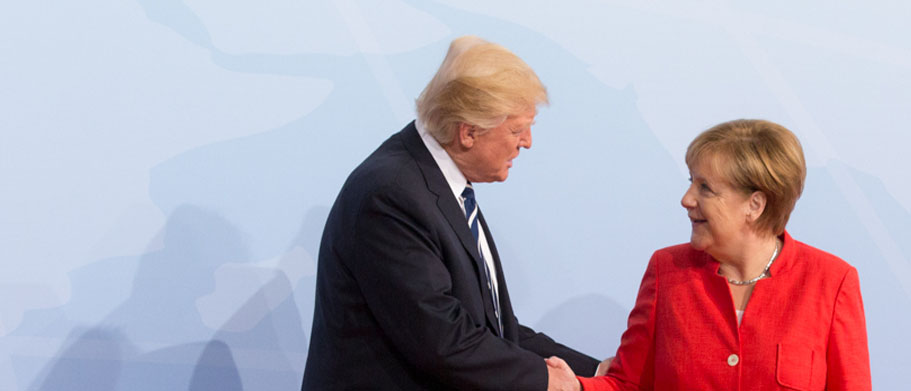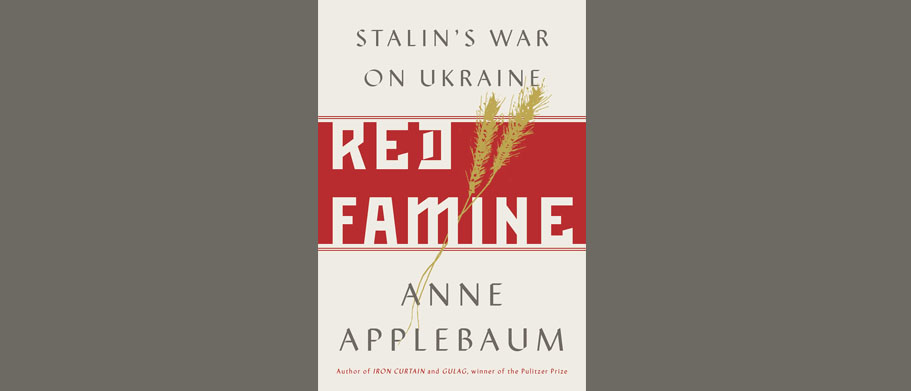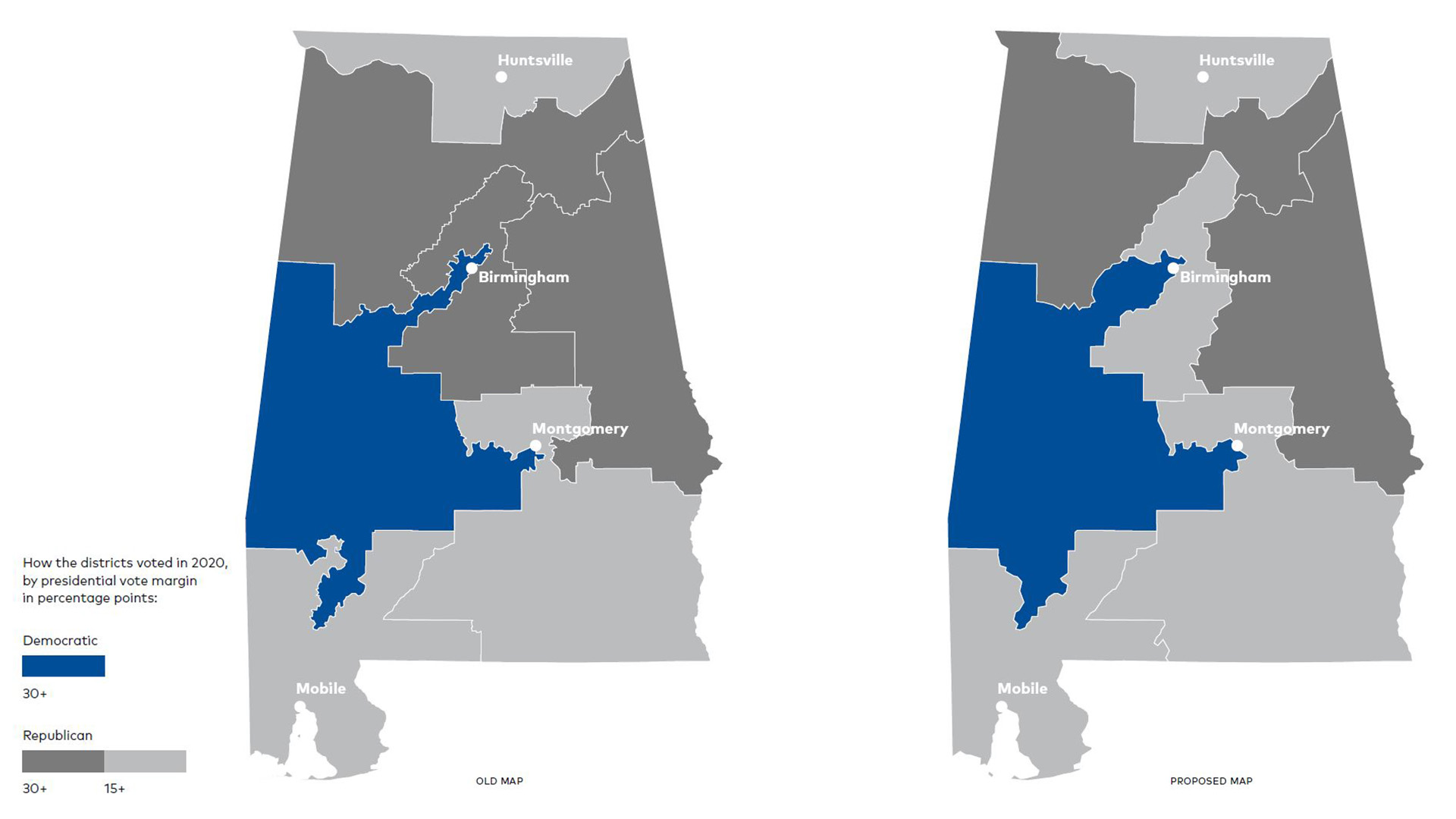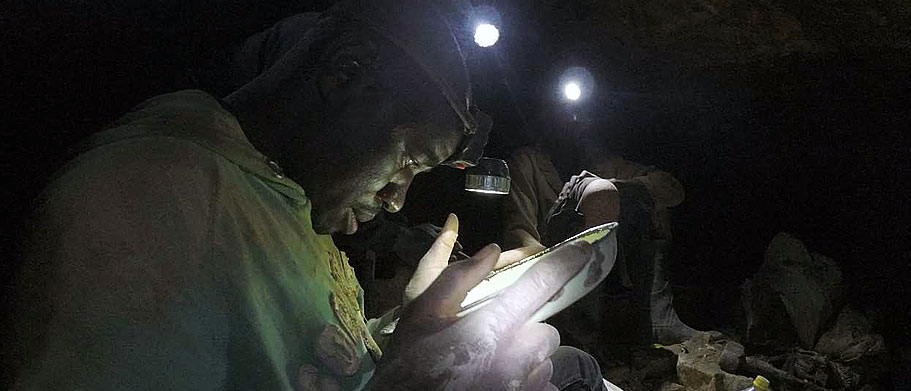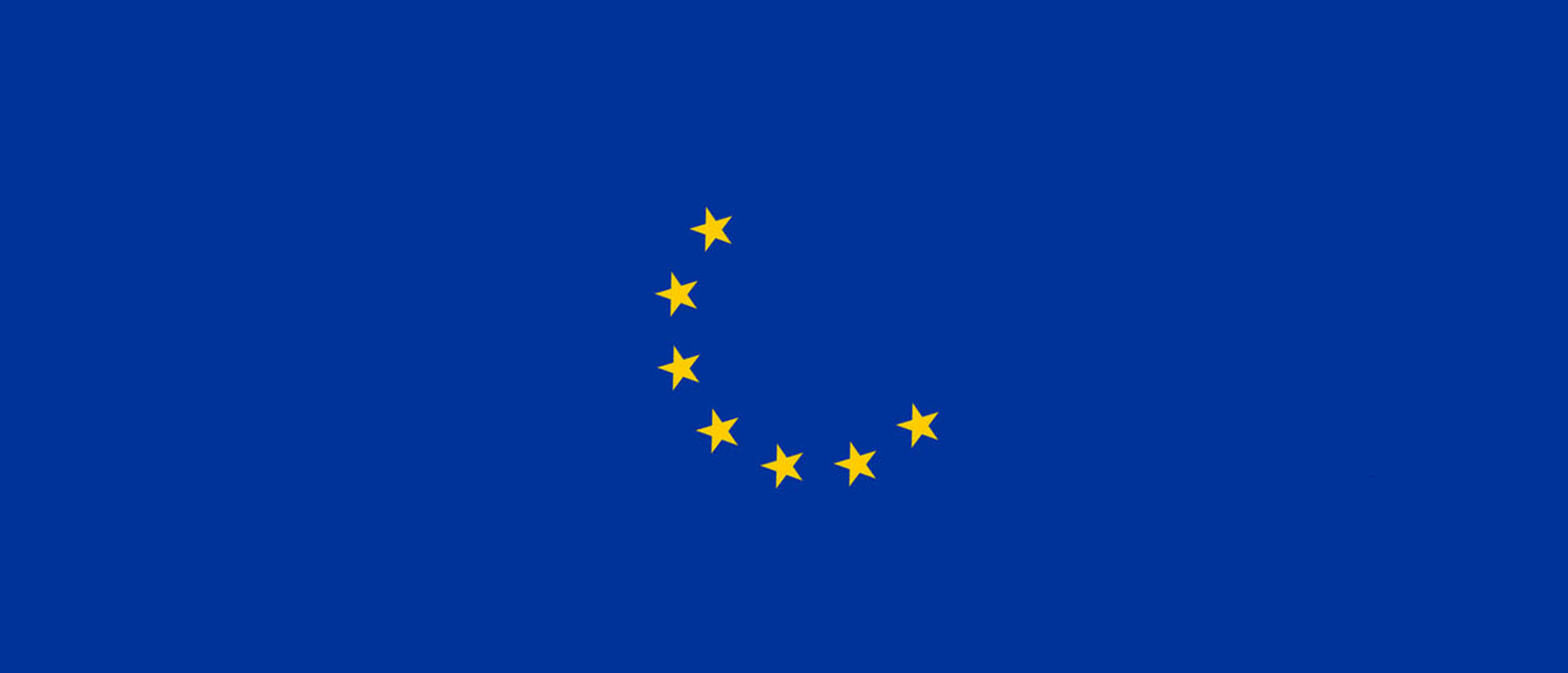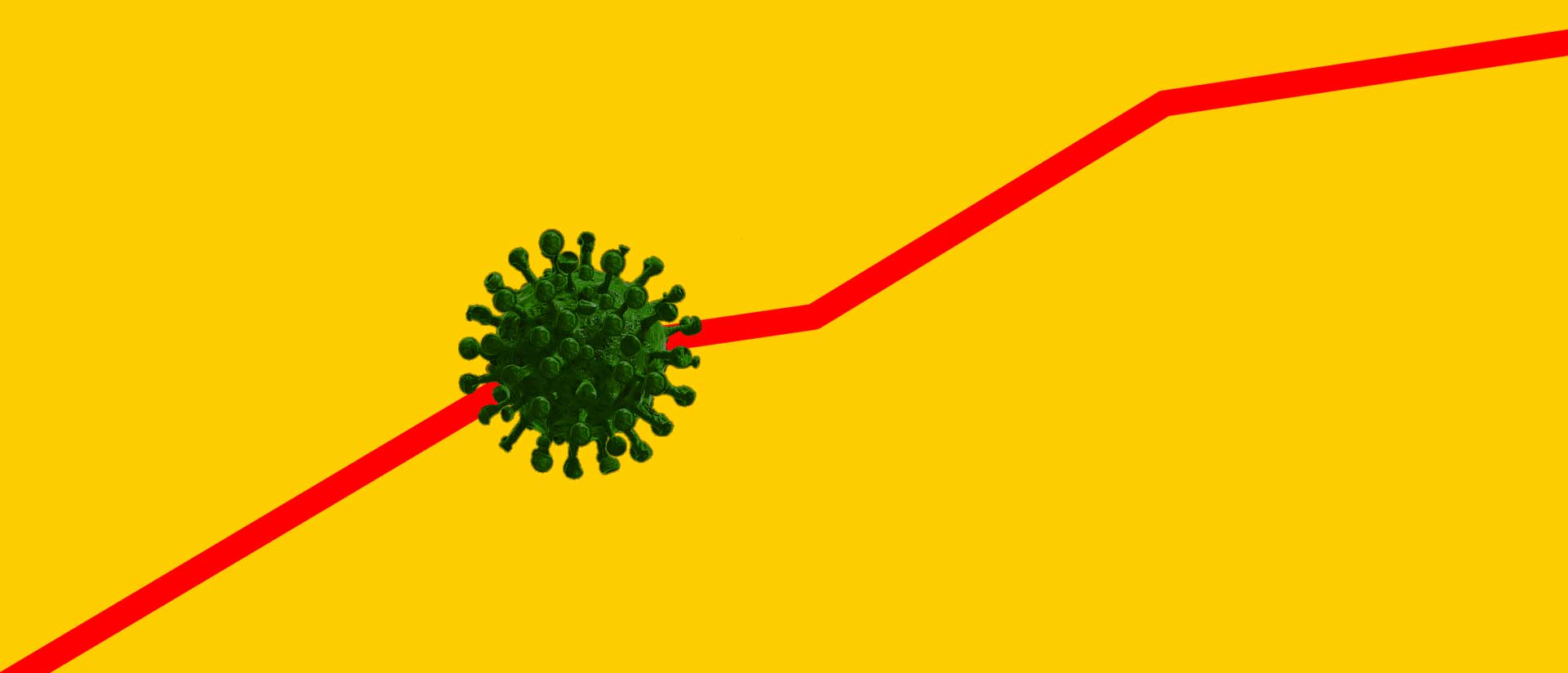
The Flattening Kurve
Germany’s best practices in the battle against COVID-19
By Wolf Schäfer
One hears many uncanny stories these days: older people are more susceptible to experience a deadly case of COVID-19 than younger people; seniors with underlying conditions more than healthy ones; smokers (and vapers) more than non-smokers; men more than women; the poor more than the rich; blacks more than whites; and Americans more than Germans. Never mind President Trump’s claim, offered in a Rose Garden press briefing on May 11, “Germany and the United States are the two best in deaths per 100,000 people.”
The numbers speak differently. On May 26, the death burden per 100,000 people of each country’s general population (comprising healthy people and confirmed COVID-19 cases) was 30.23 persons for the US and 10.10 for Germany. Hence, the American death rate was nearly 3 times that of Germany and hardly one of the “two best in deaths.”
Looking for a better picture, President Trump could have pointed to the observed case-fatality ratio (the number of deaths per 100 confirmed cases). Still, Germany would also be “best” in this category with 4.6 percent, yet closely followed by the US with 5.9 percent. However, of all the 10 most affected countries, the US among them, the American COVID-19 record—some 1.7 million confirmed cases and over 100,000 deaths, by far the world’s largest in absolute numbers—is much closer to the worst performing European countries (Belgium, Spain, Italy, UK, France, and the Netherlands) than to Germany. With a population of 83 million, Germany has suffered less than New Jersey with its 8.9 million: 8,372 vs. 11,339 deaths, respectively. This question cannot but arise: What explains Germany’s comparatively low death toll and fatality rate?
With a population of 83 million, Germany has suffered less than New Jersey with its 8.9 million: 8,372 vs. 11,339 deaths, respectively. This question cannot but arise: What explains Germany’s comparatively low death toll and fatality rate?
Pandemics are turbulent and current United States history is chaotic. This combination is proving lethal. Consistent federal top-down leadership in the battle against COVID-19 is nonexistent in the US. Daily bursts of contradictory statements emanate from a President who has neither medical nor moral authority. The response of the country’s 50 states to the pandemic is uncoordinated; some governors have learned the social-distancing lesson from 1918 (it worked), while others have not. The comparative case of neighboring Kentucky and Tennessee, for example, reconfirms that delayed social distancing raises the pandemic’s disease burden, whereas proactive social distancing lowers it (Figure 1).

This might lead one to believe that German’s COVID-19 exceptionalism is perhaps due to an earlier start of its social distancing policy. Not at all. Germany implemented social distancing a week after the US,[1] on March 22.[2] Social distancing alone is therefore not enough to provide a country with the strongest defensive position. As long as there is no vaccine against the new virus, social distancing is necessary but not sufficient to deny COVID-19 too many fatalities. So, once again, what is the reason for Germany’s low death toll?
Luck and lower average-age of initial COVID-19 cases cannot be the answer. Germany’s first patient groups were relatively young and healthy skiers returning from Austrian and Italian ski resorts, but that created only an initial statistical distortion, which evened out soon. There is also anecdotal evidence that countries with a relatively healthy population, such as Germany, can weather COVID-19 better than a country like the US that has large pockets of underinsured and uninsured populations who have untreated conditions and are in worse health overall than their better-cared-for compatriots.
To understand Germany’s success in dealing with the virus, many other factors must be considered. Katrin Bennhold, the New York Times’ Berlin bureau chief, offered a list of them in her April 4 article, “A German Exception? Why the Country’s Coronavirus Death Rate is Low.” Not one single condition but rather a multitude of conditions have allowed the country to avoid exorbitant losses of lives and treasure, Bennhold writes. Her salient observations about Germany’s approach include:
- Proactive hospitalization
(Heidelberg’s “corona taxis”) - Much more and much earlier testing than most other nations
(the Charité hospital in Berlin developed a test and posted the formula online in mid-January) - Large stockpile of test kits
- Free testing from the beginning
(“A young person with no health insurance and an itchy throat is unlikely to go to the doctor and therefore risks infecting more people.”) - Regular testing of medical staff
- Effective and comprehensive tracking
(in late February, “a 22-year-old man who had no symptoms but whose employer – a school – had asked him to take a test after learning that he had taken part in a carnival event where someone else had tested positive… As soon as the test results were in, the school was shut, and all children and staff were ordered to stay at home with their families for two weeks. Some 235 people were tested.”) - Robust public health care system
(Germany accepted patients from Spain, Italy, and France. “All across Germany, hospitals have expanded their intensive care capacities. And they started from a high level. In January, Germany had some 28,000 intensive care beds equipped with ventilators, or 34 per 100,000 people. By comparison, that rate is 12 in Italy and 7 in the Netherlands…By now, there are 40,000 intensive care beds available in Germany.”) - Trust in government
(“Merkel, a trained scientist, has communicated clearly, calmly and regularly throughout the crisis, as she imposed ever-stricter social distancing measures on the country. The restrictions, which have been crucial to slowing the spread of the pandemic, met with little political opposition and are broadly followed.”)
Trust in government—which, as Germans know all too well, should not be naïve and can be abused—is a national asset in the collective fight against the global outbreak of a disease. It has served Germany well this time, as it has South Korea. Trust in science, is another healthy component of a successful national strategy against SARS-CoV-2. Like social distancing, it is a necessary element, yet it alone does not provide sufficient cause for winning the battle against the coronavirus pandemic.
The emergence of Christian Drosten (Germany), Anthony Fauci (US), Massimo Galli (Italy), Fernando Simón (Spain), Anders Tegnell (Sweden), and Sotiris Tsiodras (Greece) as national celebrities indicates that trust in science and professional expertise have played a positive role in Germany and other countries. The sincerity, steady message, and matter-of-fact reports of these unlikely stars have strengthened the compliance of the populace with the hardships of stay-at-home orders.
It is too early for a comprehensive evaluation of the failures and successes of the various national battles against COVID-19. Uncertainty reigns. All state actors are experimenting in the uncontrolled planetary laboratory of COVID-19. Their playbooks differ, ranging from the fully authoritarian (China) to the Darwinist action model (Sweden). Yet based on the data we have, what experts know, and what keen witnesses have observed, a preliminary action plan geared toward best practices should nevertheless be in order and would include the following six prescriptions:
- Heed the hard lessons of history; it strengthens national resilience.
- Provide free access to testing for each citizen, legal resident, and visitor.
- Enroll all citizens, residents, and long-term visitors in public health care.
- Allow comprehensive tracking of all infected people and their contacts for a specified time.
- Foster public trust in science and medical expertise.
- Supply a national stockpile with Personal Protective Equipment (PPE) and medication for the worst public health scenario.
I hesitate to include trust in government as warranted at this moment in global history; too many nations and people around the world are run by selfish dictatorial leaders and parties. Yet I can see the value of trust in nonpartisan institutions charged to secure the well-being of a country, for instance, a Supreme National Health Care Board with the authority to override popular paradigms, such as the industrial credo of just-in-time delivery of goods. The dire need of US states for PPE should be a lesson.
Capable American institutions, like the US Department of State or the National Institute of Allergy and Infectious Diseases (NIAID), are meant to tackle international conflicts and health challenges with the professionalism of experienced diplomats and doctors. However, disrespecting and diminishing the career personnel of these institutions has become a contact sport in the US. Regularly attacked as agents of a conspiratorial “deep state,” these men and women have to defend themselves against President Trump and his zealous followers. Demonstrating the constructive power of what is more appropriately called the “administrative state,” is thus an object lesson of another kind.
Capable American institutions, like the US Department of State or the National Institute of Allergy and Infectious Diseases (NIAID), are meant to tackle international conflicts and health challenges with the professionalism of experienced diplomats and doctors. However, disrespecting and diminishing the career personnel of these institutions has become a contact sport in the US.
Dismantling the administrative state is akin to abolishing the fire department while arguing that arsonist firefighters are the root cause of all fires. Postwar Germany has built a well-tempered administrative state that is currently proving its mettle by keeping the German death toll as low as possible during the first round of the COVID-19 battle. This accomplishment is Germany’s contribution to the world’s present predicament, which combines a bunch of knotty crises: a global health crisis, a crisis of trust in career public servants, and a crisis of democratic governance.
Germany’s best administrative performance is, of course, in the eye of the beholder. My German friends, who are experiencing this performance up close, have been happy to hear that the country’s COVID-19 response looks good from afar but were quick to articulate numerous points of critique. A good policy is not in and of itself the best possible policy. However, the steadfast coronavirus policy of the German administration has diminished the populist appeal of the German right-wing opposition party, Alternative for Germany (AfD), which lost ground and is now polling at 9 percent.
Divergence between Germany and the US continues to show as the world is moving toward the second round of its COVID-19 battle—the reopening of the leading economies of Europe, America, and Asia. Their starkly different policy approaches were marked by divisive mid-April tweets from the White House to “LIBERATE” Michigan, Minnesota, and Virginia and an authoritative statement from the German National Academy of Sciences on sustainable ways to gradually return to normality.
A major danger of the second phase is already clear by now: the Swedish model, which is deliberately geared to quickly increase herd immunity at the cost of higher deaths among older people, will spread worldwide and underwrite the survival of the fittest in both physical and economic terms.
Finally, we should perhaps also begin thinking about the aftermath of the coronavirus pandemic and its transnational ramifications. How will the perception of governmental success and failure impact politics and policies in countries large and small across the globe? How will the European Union deal with the sovereignty of its member states over health care? Will developed countries with a my-nation-first approach to PPE, medication, and live-saving equipment further weaken the UN or become catalysts for global change? Will a post-coronavirus world order emerge? Henry Kissinger has already started that discussion, writing in an April 3 Wall Street Journal op-ed, “The world will never be the same after the coronavirus.” He also cautioned, cryptically: “A global retreat from balancing power with legitimacy will cause the social contract to disintegrate both domestically and internationally. Yet this millennial issue of legitimacy and power cannot be settled simultaneously with the effort to overcome the COVID-19 plague.”
Wolf Schäfer is Professor and Chair of the Department of Technology and Society at Stony Brook University. He was an Anna-Maria Kellen Fellow at the Academy in fall 2013.
[1] White House (2020, March 16): “15 Days to Slow the Spread.” Retrieved April 10, 2020, from The White House website: whitehouse.gov/articles/15-days-slow-spread. See also Wikipedia. “Timeline of the 2020 coronavirus pandemic in the United States.” Retrieved from en.wikipedia.org/w/index.php?title=Timeline_of_the_2020_coronavirus_pandemic_in_the_United_States&oldid=950200207.
[2] Deutsche Welle (2020, March 22): “What are Germany’s new coronavirus social distancing rules?” Retrieved April 10, 2020, from dw.com/en/what-are-germanys-new-coronavirus-social-distancing-rules/a-52881742.

